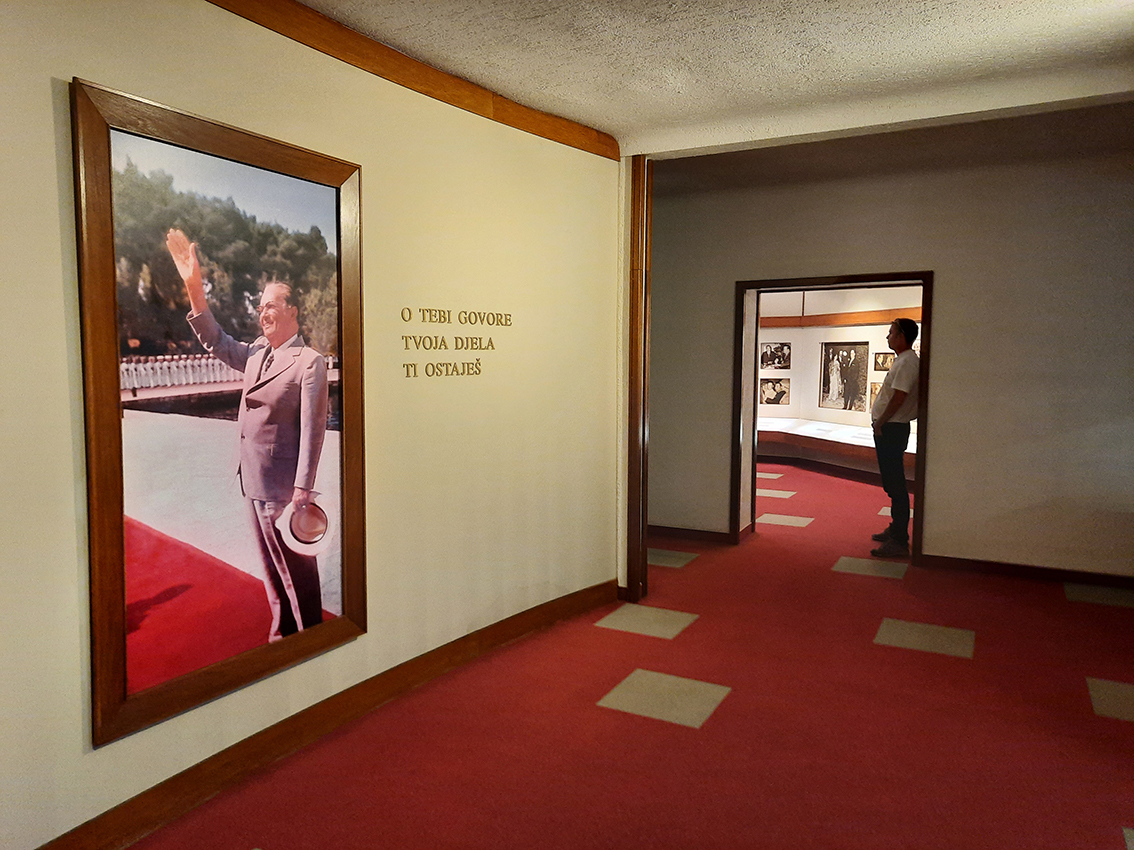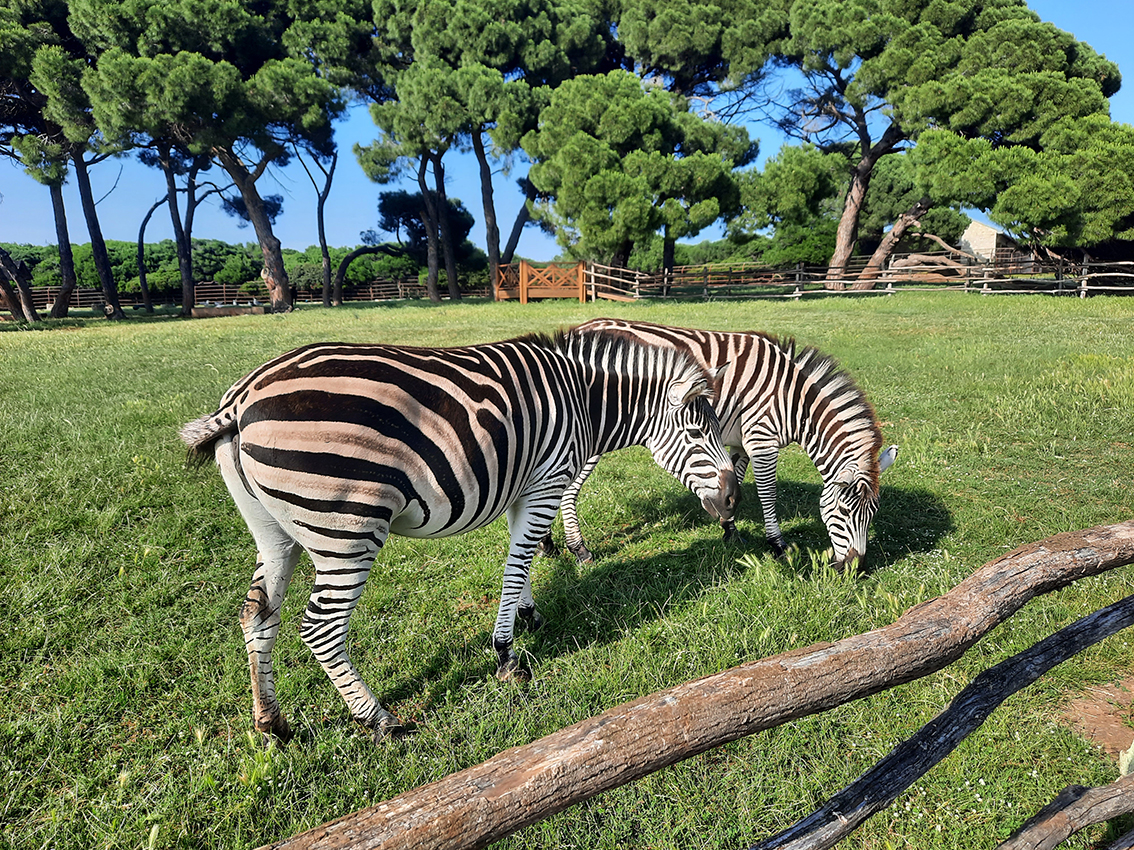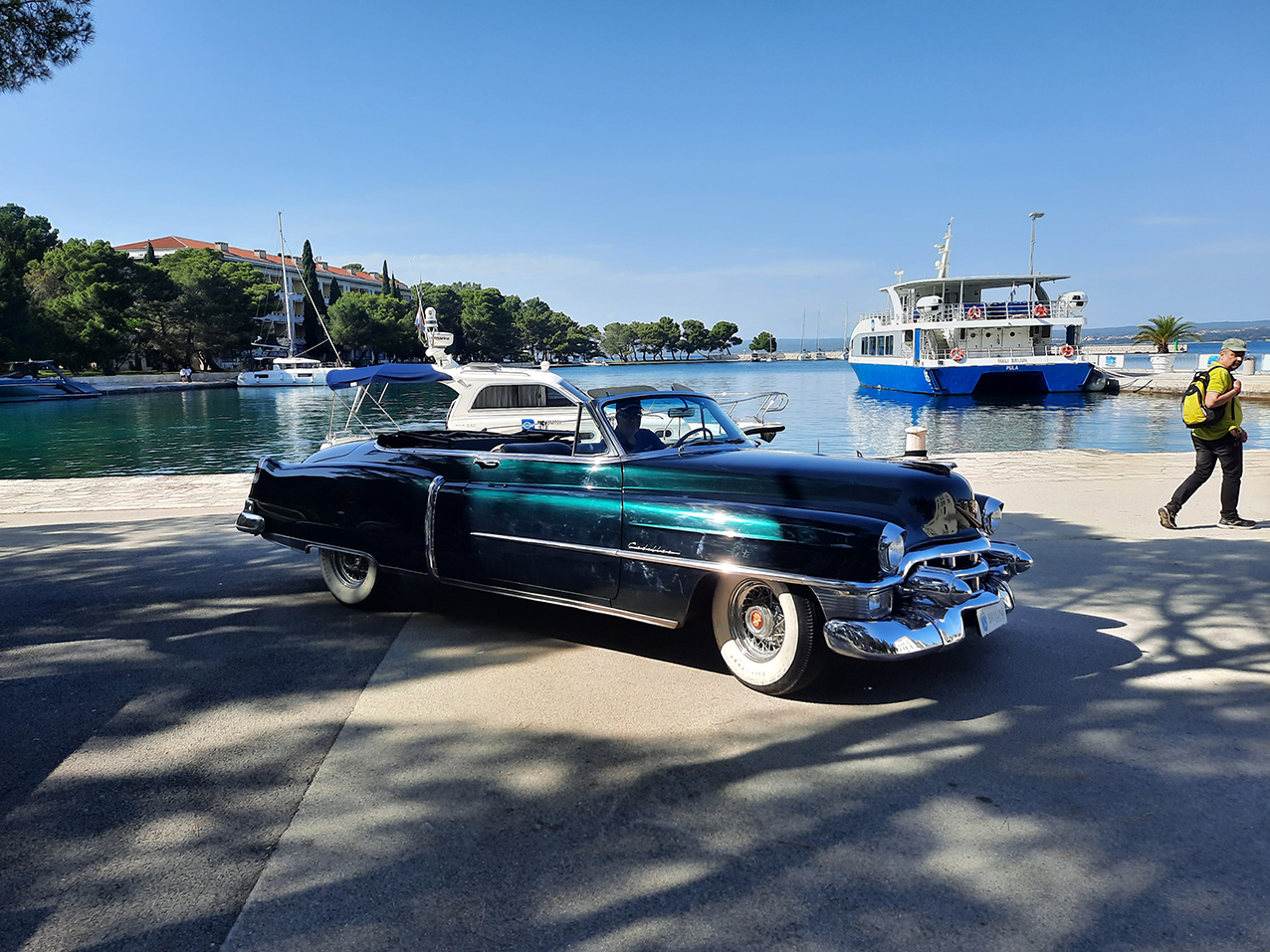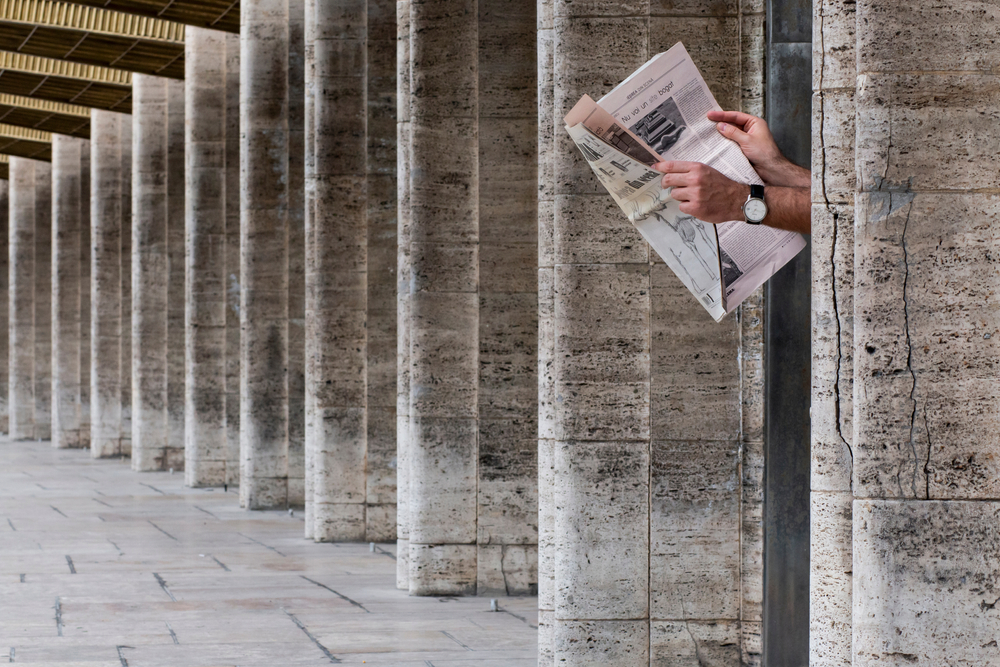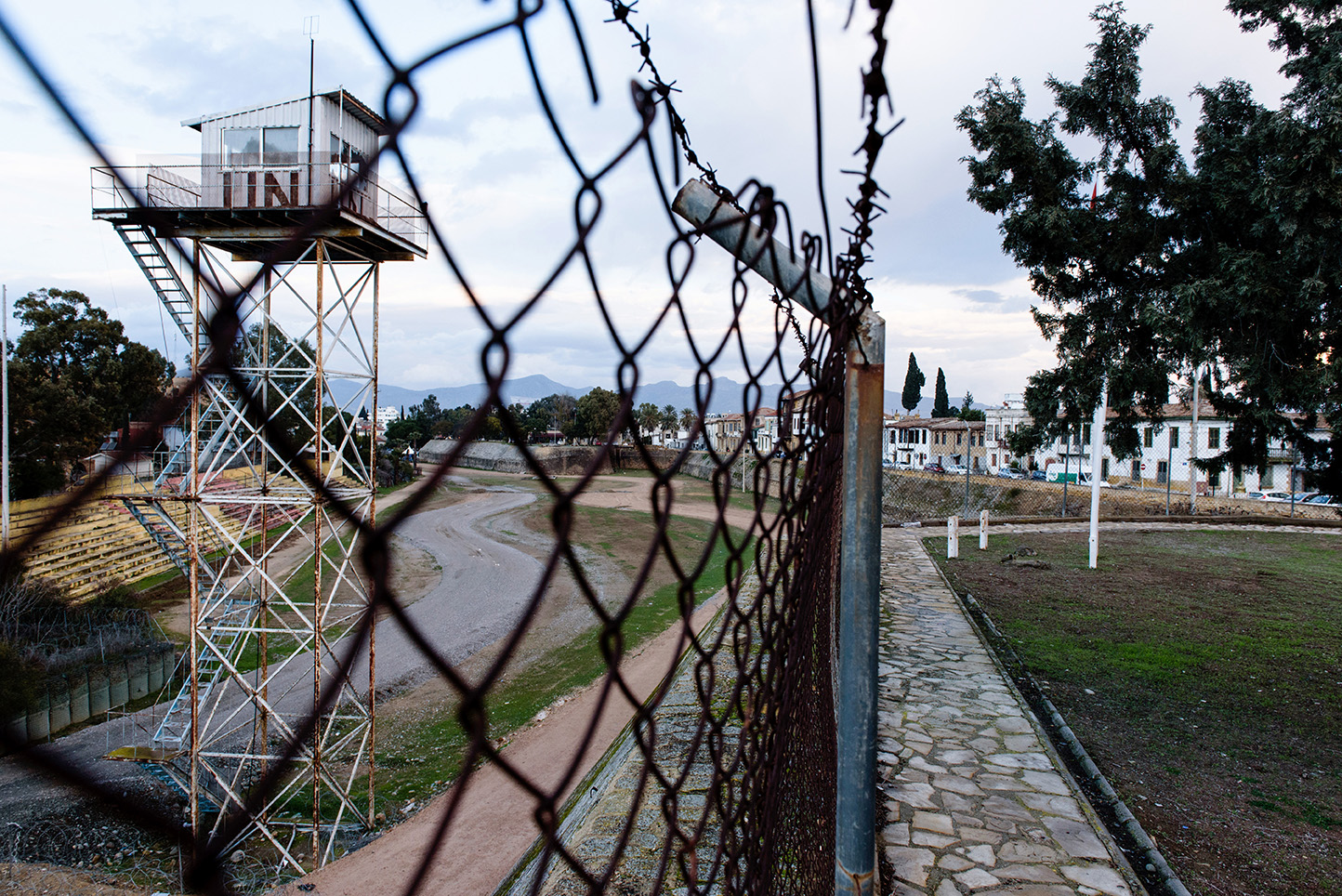Brijuni, the second capital of Yugoslavia
In the aftermath of World War II and the creation of socialist Yugoslavia, Brijuni became a kind of second Yugoslav capital. Tito used to spend a good part of the year on the islands, welcoming numerous international guests. And this is where the Non-Aligned Movement was born
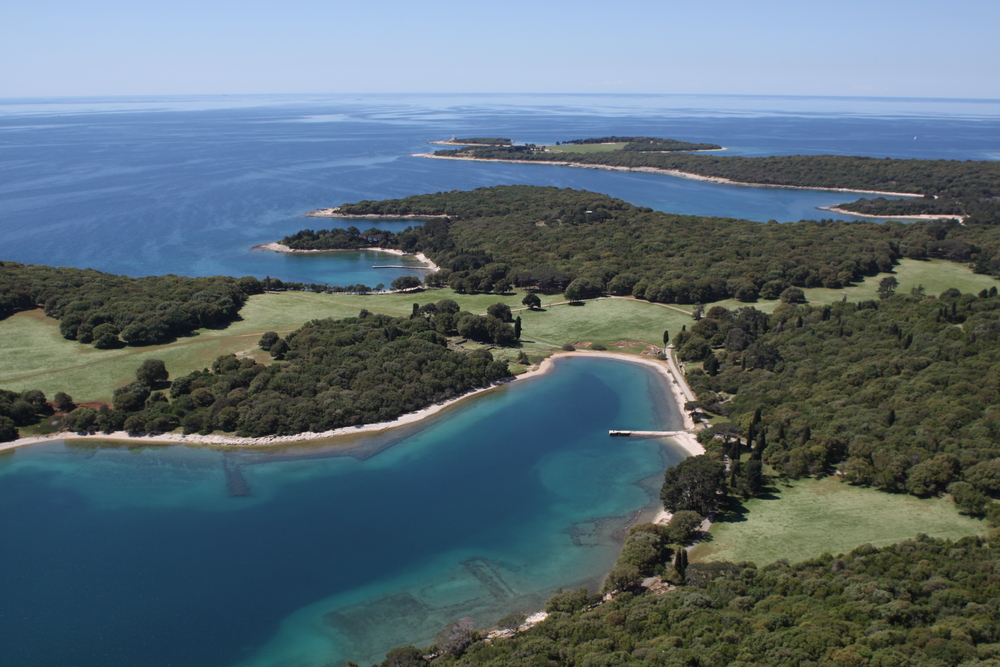
Brijuni-the-second-capital-of-Yugoslavia
Brijuni Islands National Park, Croatia © Igor Karasi/Shutterstock
(Read the first episode: Brijuni, then and now)
After having been a popular tourist destination in the Habsburg Monarchy and during the Italian occupation between the two wars, the Brijuni Islands experienced a new boom in the aftermath of World War II.
At that time, the history of the archipelago was closely linked to the town of Fažana on the mainland, and it is no coincidence that the coast from which ships set sail to reach the island still bears the name “Titova Riva”, after the most famous inhabitant of Brijuni in the 20th century.
This very waterfront, built in the 1950s and 1960s, is the starting point of our journey and it is here that we meet Croatian historian Igor Duda, a professor at the University of Pula.
“In the aftermath of World War II, despite heavy bombing, the Brijuni Islands retained the appeal of an elite destination, which they had since the end of the 19th century. Thus, in 1947, among the leaders of the new state – Yugoslavia – the idea was born to make Brijuni an official residence", explains Igor Duda, co-author of the essay "Tanned guardians, followers and pioneers. Yugoslav directed tourism across Tito’s Brijuni Islands" .
Tito’s residence
The Paris Peace Treaty of 1947 established the border between Italy and Yugoslavia in this part of Istria, and in the same year Marshal Josip Broz Tito visited the archipelago for the first time. However, plans for a state residence on the Brijuni Islands had to wait a few more years. The rift between Tito and Stalin in 1948 forced the Yugoslav leader to limit his stays outside Belgrade for security reasons.
After Stalin’s death in 1953, the Yugoslav authorities could afford to lower their guard a bit, and from that moment the Brijuni Island assumed a leading role in socialist Yugoslavia, which they would maintain until Tito’s death in 1980.
“Tito lived in the so-called White House in Belgrade, while here on Brijuni in 1953 the White Villa was built, which became the place where Tito spent between four and six months a year, so Brijuni actually became the second capital of Yugoslavia”, explains Professor Duda.
This moment marked a turning point for the archipelago, but also for Fažana on the mainland. Namely, this part of Istria developed differently from the rest of the peninsula.
The Brijuni Islands were closed to tourism, with access only allowed to Marshal Tito’s guests. Numerous heads of state and government met with the Yugoslav leader on the archipelago, not only in the White Villa, Tito’s official residence (today the residence of Croatian presidents), but also in a smaller weekend house that Tito built on the islet of Krasnica.
Che Guevara, Fidel Castro, Queen Elizabeth, Khrushchev, Nasser, Nehru, but also film stars like Sophia Lauren, Richard Burton, Elizabeth Taylor… all spent a few days on Brijuni.
The Yalta of the Third World
The islands soon gained international significance, especially in 1956 when the foundations of the Non-Aligned Movement were laid here.
“In July 1956, Yugoslav President Tito hosted Egyptian President Nasser and Indian Prime Minister Nehru on the archipelago. He invited hundreds of journalists and photographers. Tito met with Nasser and Nehru on Veliki Brijuni, they had a day-long conversation, and finally the so-called Brijuni Declaration was signed”, explains sociologist Paul Stubbs, author of the book "Socialist Yugoslavia and the Non-Aligned Movement" .
On the Brijuni Islands, Tito, Nasser and Nehru pledged to strengthen their foreign policy efforts, and this agreement became “the foundation of the principles of the Non-Aligned Movement: non-interference in the internal affairs of other states, the right to self-determination, the fight against colonialism and neo-colonialism, and so on”, continues Paul Stubbs, who recalls that “some authors define the Brijuni Islands as the Yalta of the Third World”.
But the islands’ political role was not limited to the Non-Aligned Movement. From 1953 to 1979, Tito spent every summer on the Brijuni Islands, effectively governing Yugoslavia, even making important decisions from afar. For example, he was on the Brijuni Islands in the summer of 1963 when a major earthquake hit Skopje, and decisions about the city’s reconstruction were made on the islands.
An interesting legacy that bears witness to those summers on the Brijuni Islands are exotic animals, a legacy of the so-called “island diplomacy”, which Paul Stubbs speaks of, having in mind the numerous leaders who met with Tito on this archipelago, often bringing him animals from their countries as gifts.
“There were giraffes, a famous parrot and two elephants that Indira Gandhi brought in the early 1970s: Sony and Lanka”, explains Paul Stubbs and adds: “Sony died in 2010 and Lanka has been alone ever since. This is a symbol of the importance of gifts in the context of solidarity in decolonisation, but also the abuse of animals by humans. Finally, sadness and loneliness are a kind of metaphor for the fate that befell Yugoslavia”.
Exotic animals
Sadness and loneliness are not exaggerated expressions: in her enclosure that she shares with several turkeys, Lanka walks, draws identical circles and rubs her trunk against the fence.
However, exotic animals (including zebras) are not the only tangible legacy of the Yugoslav era. Veliki Brijuni is also home to a small museum, opened in the 1980s, after the death of Marshal Tito.
The museum displays photographs from meetings, a map of the voyages of the Galeb – the Yugoslav leader’s yacht – and objects from the period, such as Tito’s walking stick. Parked in front of the museum is the presidential Cadillac, which tourists can now rent to tour the island.
At the entrance to the museum we meet Filip, a young visitor from Varaždin. He tells us that he learned a lot at the museum. Although he is Croatian, he knew “something, but not much” about Tito’s connection with the Brijuni Islands. “I think that the Croatian education system does not adequately cover that period and that there is a lot of censorship. Young people have a hard time accessing certain information”, points out Filip.
Those who grew up in this area, however, know the story well. This is the case with Rossana Matejčić Miljević, a native of Pula, who now takes tourists to the islands. “When I was a child, my parents and grandparents talked about Brijuni, but not much was known about them. They remained a place shrouded in mystery”, says Rossana and recalls: “It was also said that Tito would sometimes escape from Brijuni to go to the fish market in Pula. But then they would come for him!”.
The residents of Fažana have even more vivid memories of that period. Mitar Gavočanov is the president of the Association of Anti-Fascist Fighters and Anti-Fascists “Tito Fažana”. Every year in May, the association organises Tito’s Days to commemorate the period when the Yugoslav leader lived just a stone’s throw from the city.
“Tito’s Days – explains Mitar Gavočanov – celebrated its twentieth edition in 2025 as a reminder of that period. Many of Tito’s followers came, people from all over Istria, Italy and other republics”, continues Gavočanov. “It is an important event for Fažana, because Tito spent a lot of time here, among the people: he often came from Brijuni, sometimes secretly. You could meet him in a tavern playing cards, until at one point someone would recognize him, and then the police would arrive…“.
While Fažana celebrates Tito’s days every year, on Brijuni the history of the marshal seems to be fading. The latest projects on the island, such as "Novo ruho Brijuna" , do not deal with the period after World War II, and in the future, it seems, the emphasis will primarily be on the 19th century and the figure of Paul Kupelwieser.
According to historian Igor Duda, the reason is clear: Croatia is still struggling with issues related to socialist Yugoslavia.
“The history of the second half of the 20th century, socialism and Tito’s presence remain in the background. The reasons are obviously more general and concern the Croatian context as a whole. Namely, this historical period is approached with great caution, but I think that the Brijuni Islands deserve a new narrative to discuss more about the period from 1947 to the 1980s, and even the 1990s”, concludes the historian.
Among those who have not forgotten Tito and remember him every day is Koki, the marshal’s dazzling white parrot. At the ripe old age of 65, Koki still entertains schoolchildren visiting the island, occasionally engaging in conversation. He often repeats his name, knows how to greet and ask: “What is your name?”. But when he gets homesick, from the heart of the Brijuni Islands, Koki still calls out to his old master.
This article is published as part of the Cohesion4Climate project, co-funded by the European Union. The EU is in no way responsible for the information or views expressed within the project; the sole responsibility lies with OBCT.

